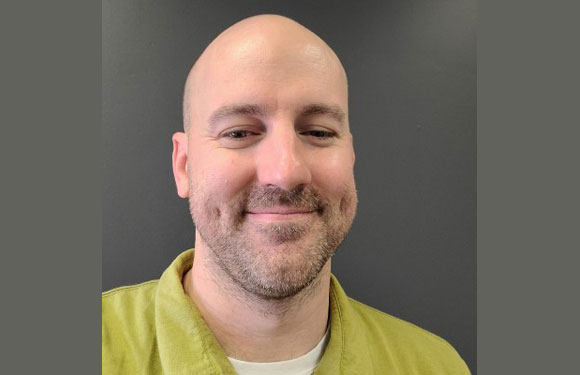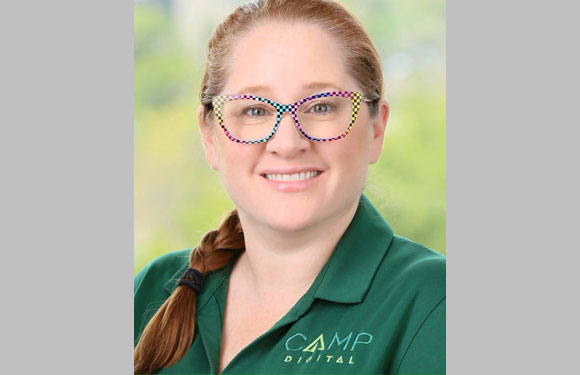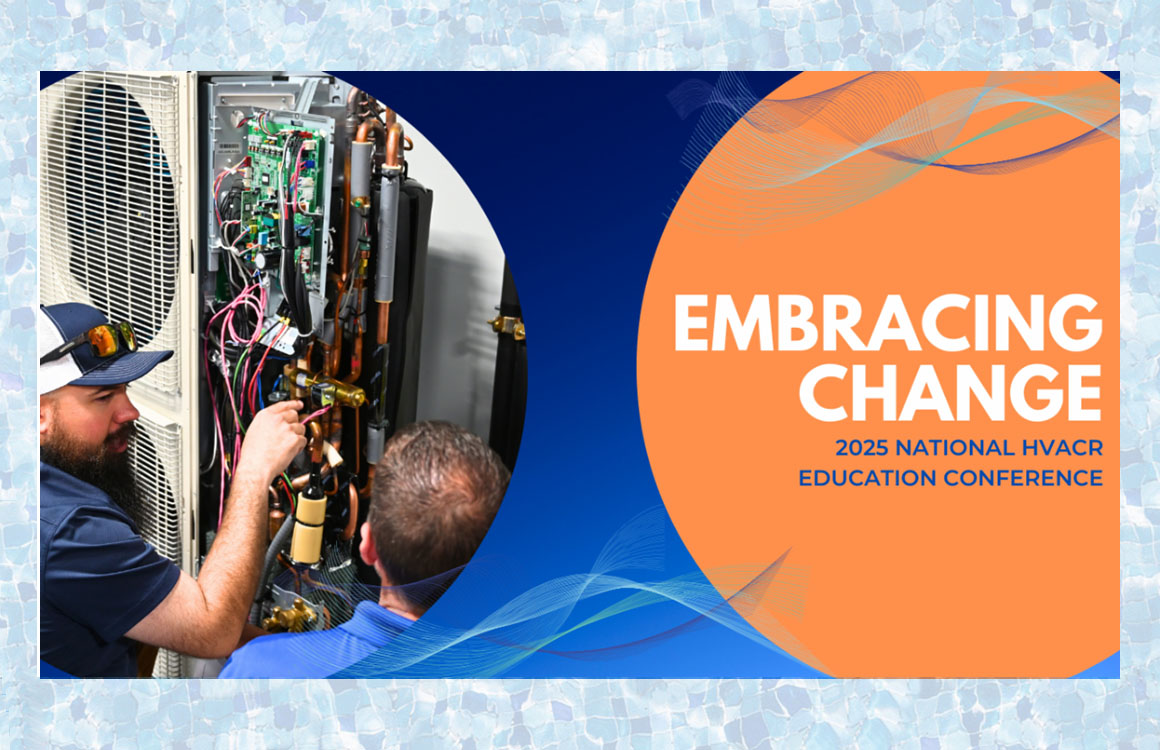
News
Inverter Driven: Signal Wire
By Dan Applegate
Though at first quickly evolving, the DFS/mini-split equipment has settled into a near-standardization: many of the systems work very much (and look very much) like the other. Of course there are variations amongst products, so always consult with your manufacturer (i.e. read the installation and service manuals) but there are some areas that have become common ground. Wiring from the outdoor unit to the indoor unit, for example, has become rather standard in that all products are essentially powered and controlled the same way.

Given the diagram as shown, 240VAC is brought to the outdoor unit, which then sends line voltage to terminals 1 and 2 on the indoor unit via the 14/4 stranded cable. Notice the third terminal for the “signal” or “communication” wire.
Wiring connections are made from the outdoor to indoor unit using 14/4, stranded copper wire. If the electrician wires the units, there’s a good chance Romex, solid core wire could be used; a communication error will eventually result. The reason we use stranded wire is conductivity (signal strength). Because DC electricity is being used, the signal voltage is rather weak and conductivity becomes critically important. Electricity conducts more readily on the surface of a conductor than at a wire’s core where resistance is greater. Thus, by using stranded wire we greatly increase the wire “surface” area, thereby reducing resistance/increasing conductivity, which is the signal strength.
Toward that goal of excellent conductivity of the #3 wire, the one used for communication between indoor and outdoor units, manufacturers recommend not breaking or splicing at all. Typically the signal wire can be left alone as there is no reason to break it (accessories, such as condensate pumps, can draw power from #1 and #2, and break line #1 through the overflow switch). There are, however, certain instances (particularly government work) when the indoor units must be positively disconnected from line voltage. Should the inspector require a disconnect, consider the following:
- Electric code in most municipalities require one disconnect for each line voltage circuit. With respect to DFS/mini-splits, we have only one circuit from the panel. The outdoor disconnect satisfies NEC so this requirement may be questioned.
Manufacturers recommend not breaking the signal wire with splices or switches.
All three terminals are in fact “hot”, carrying line voltage. Though the #3 terminal does indeed carry DC voltage, nevertheless to have a true line voltage break, a 3-pole disconnect is required.
In the event that you must satisfy a 3-pole disconnect, I recommend a 3pole, single throw switch, rated at 1A. load. The indoor unit motors are brushless DC motors (ECM) and draw about .5amps at high speed. A 1 amp load rating is more than adequate.
Symptoms of a misplaced signal wire: one indoor head runs when not calling for heat or cool, while the other unit freezes (in cooling mode). In the case of three or more indoor units finding the units with the misplaced signal wire becomes a little more difficult once installed, so it’s always best practice to ohm circuits and confirm all wires are going to the right place. Also not a bad idea on the multiple indoor unit jobs: color coded electrical tape. Wrap the lineset, condensate drain and wiring in a bundle and keep colors coordinated outdoor to indoor.
Having spent many years working with contractors in the field and with two different DFS/VRF manufacturers, without doubt the most common “fault code” reported back to the manufacturer for technical help is that of communication loss, indoor to outdoor unit. Avoid communication issues by bearing in mind:
- Always use 14/4 stranded wire.
- Make certain it goes to the right terminal
If a communication error code does come up; having done a proper installation make certain your wires are >2’ from any RFI source, and be certain to have a solid ground for the DC voltage to travel.
Proper materials and orderliness on the jobsite go a long way in making certain your customer’s mini-split system maintains communication and offers trouble-free operation all year long.
Dan Applegate is formerly a DFS/VRF National Trainer and Senior Product Specialist.














